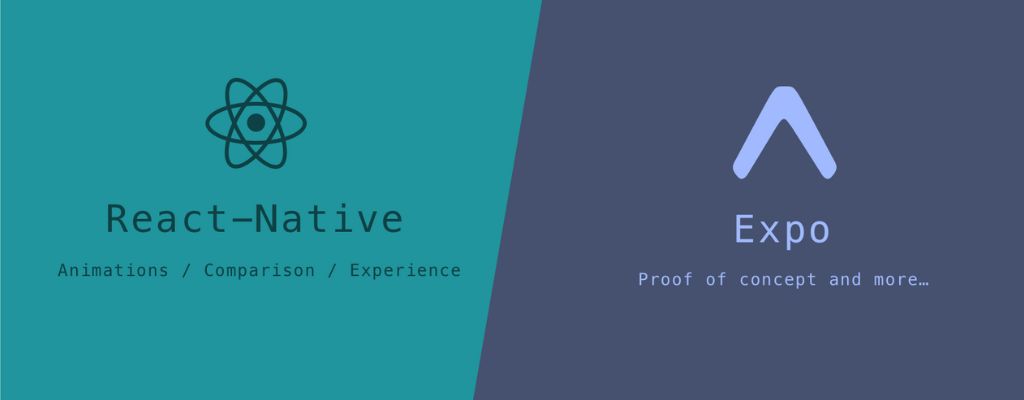Expo | Developing Universal Native Apps With React


Expo is a new technology platform for developing Universal Native Apps with React. It provides developers with a single platform to build and deploy cross-platform mobile apps, as well as web and desktop apps. This eliminates the need for multiple code bases and toolchains, making development more efficient and easier. Expo also provides features such as live reloading, hot reloading, and app management. The platform is currently in beta, so make sure to check it out!

React is a popular JavaScript library for building user interfaces. It allows developers to create reusable components that can be easily integrated into web and mobile applications. Expo is a platform for developing universal native apps. It provides a platform for testing, debugging, and deploying apps across different platforms including Android, iOS, and Windows. React and Expo together can help developers create high-quality, cross-platform apps quickly and easily.
If you're looking to build a universal native app with React, then Expo is the perfect platform for you! In this article, we'll walk through setting up a project in Expo and creating our first React component.
Creating a Native App with React is a great way to learn more about how React works and build a practical project. In this tutorial, we'll create a simple Reddit client app using React and React Native. We'll cover how to set up the development environment, develop the app, and deploy it to iOS and Android.
Universal native apps are the next big thing in mobile development. React is a popular library for building user interfaces, so it makes sense to use it to build universal native apps.
The first step is to design an interface that will be used by all the apps. You need to think about what features will be common to all the apps and which features will be specific to each app.
Once you have your interface design, you need to create a prototype using React. You can use existing libraries or create your own. Once you have a working prototype, you can test it using different devices and platforms.
Once you have a finalized interface and a working prototype, it's time to develop the codebase for the app. You can use React Native or another platform for developing universal native apps.

React is a popular JavaScript library for building user interfaces. It offers a predictable and fast rendering engine, which makes it an attractive choice for Universal Native Apps. However, React can be difficult to integrate with third party services. In this article, we'll show you how to use React and a few third party services to build a Universal Native App.
We'll start by creating a simple React app that uses Facebook's GraphQL API. Next, we'll use React Router to handle navigation between different screens in the app. We'll also use Redux to store data across different screens in the app. Finally, we'll use Webpack to bundle all of our code into a single file.
This article is just a Starterkit - if you want to learn more about Universal Native Apps or any of the technologies mentioned here, check out the official documentation or reach out to us on social media!
If you're looking to develop mobile apps that can be used by anyone, regardless of their device or operating system, React might be the right choice for you. In this talk, we'll explore how React can help us create universal native apps that work on both Android and iOS platforms. We'll also discuss some common challenges that developers face when building cross-platform applications, and provide some solutions. If you're interested in learning more about developing Universal Native Apps with React, I encourage you to check out the Expo website and sign up for the upcoming event!